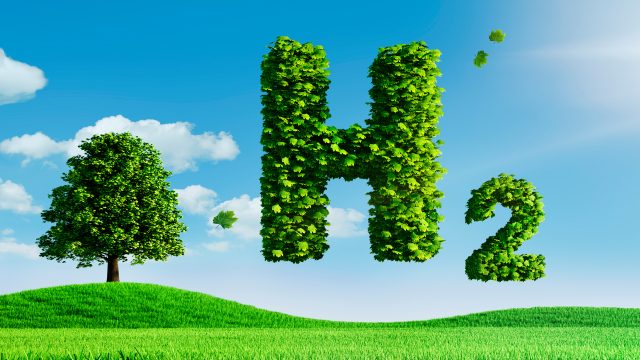Namibia green hydrogen exports began in October 2025 with the first shipment to Germany, marking Africa’s entry into the clean fuel race—backed by $10 billion in global investment and a planned trans-Kalahari pipeline.
On October 10, 2025, the Hyphen Hydrogen Energy consortium loaded the first 20-ton cargo of green ammonia (derived from hydrogen) at Walvis Bay Port, bound for Germany’s Wilhelmshaven terminal—a milestone confirmed by Namport and Germany’s Federal Ministry for Economic Affairs.
Flagship Projects Move from Plan to Reality
- Hyphen Project (Tsau //Khaeb National Park): Backed by Enertrag (Germany) and Nicholas Holdings (Namibia), this $9.4 billion facility will produce 2 million tons/year of green ammonia by 2030. Phase 1 (300,000 tons) is under construction, with offtake deals signed with RWE and Uniper.
- Air Products’ $2.2B Project: In partnership with Cenpower, building a gigawatt-scale electrolyzer near Lüderitz—final investment decision expected Q1 2026.
- Trans-Kalahari Hydrogen Pipeline: A proposed 1,500-km pipeline from Namibia through Botswana to South Africa’s Coega Port is in feasibility stage, backed by the Southern African Development Community (SADC).
Investment and Local Impact
- Total committed investment: $10.1 billion (Namibia Investment Promotion Board, October 2025).
- Direct jobs created: 4,200 in construction and operations (Ministry of Mines and Energy, Q3 2025).
- Local content: Hyphen’s agreement mandates 30% Namibian equity and 40% local hiring by 2028.
Challenges: Water, Grid, and Global Competition
- Water use: Producing 1 kg of hydrogen requires 9–12 liters of desalinated water. A $300 million desalination plant in Lüderitz is under construction to supply projects.
- Grid constraints: Most projects operate off-grid using dedicated solar/wind farms.
- Global competition: Chile and Australia offer lower production costs, pressuring Namibia to accelerate efficiency gains.
Geopolitical Significance
Germany’s H2Global Initiative has designated Namibia a “priority partner,” with €1.2 billion in blended finance committed. The EU includes Namibian hydrogen in its Carbon Border Adjustment Mechanism (CBAM) exemptions.
Namibia green hydrogen is no longer theoretical—it’s shipping. With vast solar and wind resources, the country is positioning itself as Africa’s clean energy gateway.
Follow us on Instagram.
https://www.instagram.com/businessnewsng?igsh=ZXpweTdjOGF1ZXdu





















